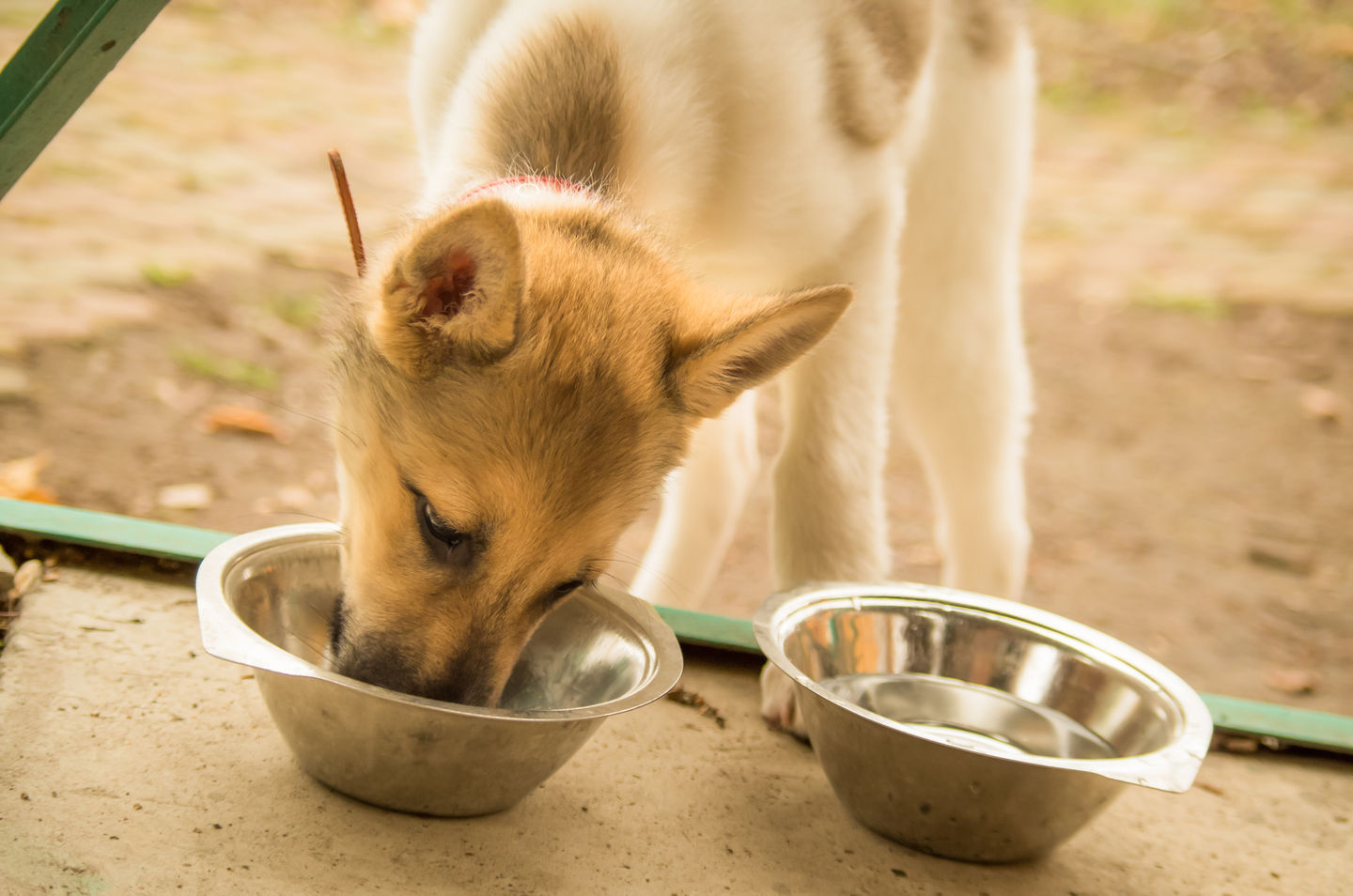
Despite having a coat of fur, dogs are not impervious to cold weather and are susceptible to the same health risks as humans when spending time outdoors. It’s important to keep them safe and protected against the elements, especially when temperatures start dropping to sub-zero levels. Since they can have health problems caused by cold weather, it’s best to keep them covered with a layer of dog clothes. Below are a few more care tips for your pooch.
Cold Weather Care Tips for Your Dogs
1. Reduce Outdoor Time
A dog’s coat isn’t enough to protect all of their body parts, including their nose, ears, and paws. If they need to go outside to be active, make sure the temperature is a bit warmer, preferably when the sun is out. Never leave your dogs unattended out in the cold, even for a short time.
2. Warm Them Up
Before going for a walk, bundle up your pooch well. Dress them in dog clothes like coats, sweaters, and boots to keep them protected against the chilly air and to help prevent frostbite and hypothermia from prolonged exposure. When they’re inside, ensure their bedding is in a warm, comfy spot away from uncarpeted floors and drafty doors and windows.
3. Groom
Apart from snug dog clothes, a well-groomed coat can improve your dog’s natural insulation whenever they spend time outdoors. Dry them thoroughly after giving them a bath, including wiping off their paws to remove salt and other toxic chemicals like antifreeze and deicers. Trim the fur around their paw pads, and rub coconut oil or salve on their dry, cracked skindog clothes as well.
4. Hydrate and Feed Them Right

It may be amusing when your dog gets excited about snow and begins to eat it, but that’s no substitute for being well-hydrated with a bowl of fresh water. Make sure they hydrate well indoors before spending any time outside, and if a bowl is kept outdoors for them, use a heated version to keep water liquid and drinkable. Avoid overfeeding your pooches, but give them more protein and fat for healthier coats and sufficient energy.
5. Look Out for Red Flags
Be alert to any warning signs of frostbite or hypothermia, including uncontrollable shivering, whining, and noticeable sluggishness or weakness. Check their bodies for any painful or pale areas, which might be symptoms of frostbite. If you notice any of these red flags, remove their dog clothes, wrap them in blankets, and call the vet.

